There are no products listed under this category.
Choosing a DSLR Camera
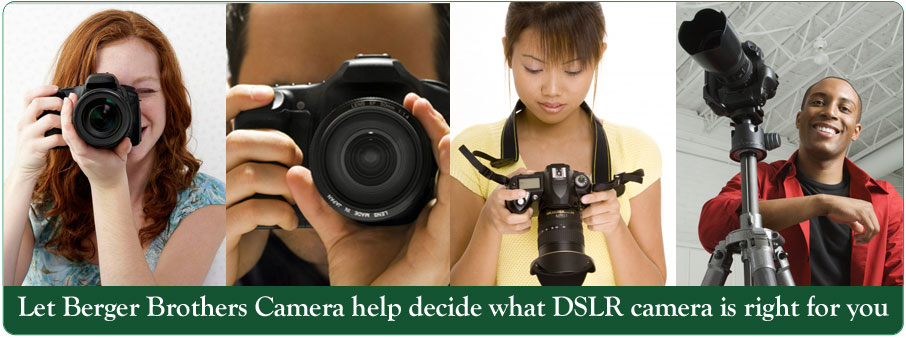 |
Recommended DSLR Cameras: |
|||||
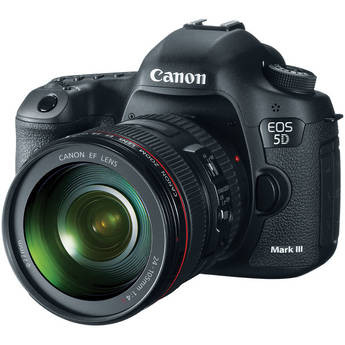 |
 |
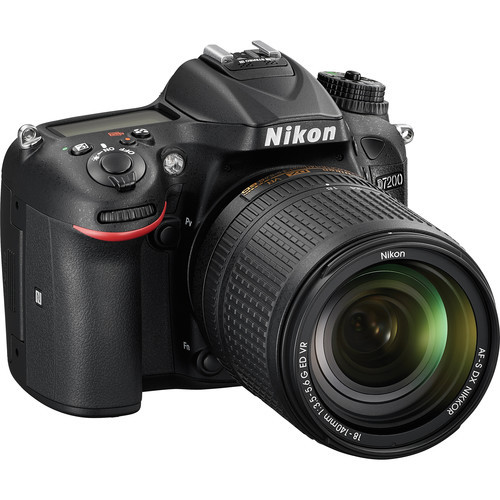 |
 |
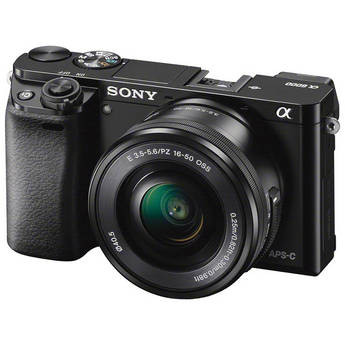 |
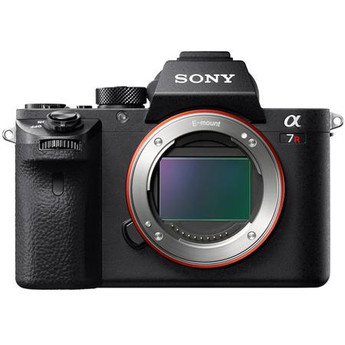 |
DSLR TipsLooking to upgrade from your old point and shoot? Need to step up your photography game? Moving to a DSLR has never been more affordable. Buy up and start taking incredible, breathtaking photos today! Our digital DSLR guide will help get you started: What is a digital SLR?A digital single lens reflex (DSLR) camera is like one of those old 35mm cameras without the film. The camera comes as a body, and detachable lenses can be purchased to change things such as zoom or aperture. You can look at your images through a viewfinder which gives you a direct view through the lens. But what’s the advantage of a DSLR? People choose them for their robust manual controls, giving you more options when taking a shot. Much can be done with a DSLR that simply cannot be achieved with a point and shoot. However, that doesn’t mean that shooting with a DSLR is complicated. Every DSLR comes with an LCD screen, which allows them to double as a point and shoot. But Does It Take Better PhotosDuh. The lenses are better, the sensor is larger, and the processor is faster. A DSLR responds quicker than any point and shoot. That means no shutter lag. Not only that, but the built in flash is more always more powerful. Plus, being able to changes lenses and use an external flash gives you tons of flexibility that a point and shoot just doesn’t offer. Which DSLR Is Right For You?Stop and ask yourself: what do I want to shoot? A DSLR comes with an unlimited range of versatility. You can zoom in from great distances, focus in for extreme close ups, or even take shots at night or underwater. A DSLR can freeze the action in a shot, focusing on fast-moving subjects like an animal or a race car. Maybe you want portability. Many of the more consumer friendly DSLRs are smaller. But weight, size, and durability tend to increase with price. You get what you pay for. If you’re just looking for a DSLR that can function as a better point and shoot, then it’s probably best not to go for a pro-level camera. But perhaps you could see yourself wanting that pro camera later on. What it comes down to is: you have options. That’s what we’re here for. Let us help make your decision easier! What Is A Sensor And Why Should I Care?Do some research on digital SLR cameras and you’re going to see the word “sensor” pop up a lot. DSLRs take better pictures because they use a much larger sensor than that of a point and shoot. Digital images are made up of little squares, also known as pixels. Each image consists of millions of these pixels, which are captured by the sensor. Ever wonder what a “megapixel” was referring to? It’s not some kind of super mutant pixel, it’s a measurement. One megapixel is one million pixels. The more pixels, the larger the image. However, not all pixels are created equal. There are several factors that go into the quality of a pixel, like the lens, the camera’s software, or (of course) the sensor. Either way, more megapixels means a better picture, and will allow you to do things like crop an image without sacrificing sharpness. So how many megapixels do you need? If you’re making prints, then a 6 megapixel point and shoot camera will be great for 8 x 10, but a 12 megapixel DSLR can do 10 x 14, and you can always crop that 10 x 14 to make an 8 x 10. Generally, larger sensors mean more megapixels. Entry level DSLR cameras typically have 10, which make for great photos in their own right. But maybe you want more versatility, or better performance in low light? A larger sensor is in order. Go for something with 12 megapixels or more. Come On Feel The Noise (Or Don’t)Shooting at a high ISO will often produce noise (specks of color that appear in images, especially in shadow detail, enlargements, and large blocks of color). High end DSLR cameras produce little to no noise when shooting at these ISOs, even in low light. However, you can still get low noise images from low to mid priced models when shooting at 800 ISO or lower. The Best Lens For The JobThey make a lens for just about everything. Whether you’re shooting large groups of people or landscapes (use a wide angle), or taking portraits or shooting wildlife (telephoto!), the lens you need can determine which brand you ultimately end up buying. Canon lenses go with Canon bodies, and the same can be said for every other brand out there. Unless you want to repurchase all of the lenses you bought for a different brand later on down the line, when you want to upgrade your camera body to something newer, you must make an educated choice before pulling the trigger. Feel overwhelmed? Information overload? Hate making big decisions? Sure, you can go read an SLR buyer’s guide, but who has the time? That’s where we come in. The experts at Berger Brothers have already done the legwork for you, so come in or give us a call. This way, you’ll know that the lenses you buy now will work with the camera that you buy later. You can get a great deal by buying a kit that comes with both a camera body and a zoom lens. If you don’t want to get too serious about photography, then the lens that comes in the kit may be all you need. But you may want to consider a combination telephoto/wide angle lens for versatility. Usually the lenses that come in kits only offer something wide angle-mid range, but that may be fine if you don’t see yourself utilizing the range that the telephoto/wide angle offers. If you’re unsure, the best thing to do is talk to us. We’ll help you figure out what lens you need, and we’ll find the body that should go with it. There are also several aftermarket companies that produce comparable lenses at a lower price than that of the camera manufacturers, and they will work with most major brands. Berger Brothers carries lenses from Zeiss, Ikon, Sigma, Tamron, Promaster, and more. P.S. - Camera shake is always a factor in photography, especially when using zoom lenses. Get a lens with image stabilization. It will result in clearer photos, particularly in low light. |
From 35mm To DigitalBelieve it or not, you can actually use a lot of your old 35mm lenses on your DSLR. But there will be a few differences. Most DSLRs use a smaller sensor than the frame on a film camera, so images will appear to have been taken with a longer focal length. The only way you are going to get top performance out of your current lenses is by using a camera with a full frame sensor. Nikon offers HSC mode in some of their cameras, but the megapixels will be cut in half. DSLR vs Point And Shoot: FlashOne of the many advantages of a DSLR is its flash. Most have a hot shoe to allow external flashes, letting you to direct light away from the subject. The ability to move the flash further away from your lens results in a more natural looking photo. Some cameras come with a PC sync socket, so you can use a studio flash or a flashgun. Others even go as far as to offer a wireless option, allowing the use of multiple flashes. DSLR vs Point and Shoot: Response TimeAnother huge advantage to the DSLR is its lack of shutter lag. This makes DSLRs great for shooting children who never seem to be able to hold still. It also makes them great for shooting sporting events, concerts, pets, or even just ocean waves crashing down at the perfect moment. DSLRs also can be shot in continuous mode, where the camera will take photos in rapid-fire succession while your finger is pressed down on the button, or until it’s reached its limit. The higher end cameras allow for more continuous shots, as well as shots per second. Using A DSLR’s LCD ScreenMost DSLRs allow you to use the LCD screen located on the rear of the body to view a potential shot instead of the viewfinder. Sometimes it’s just easier. Not to mention, a large, well lit LCD displaying the settings can really come in handy when shooting in manual mode. “But I Have No Idea What I’m Doing!”Although the best shots are usually taken on manual mode, every DSLR also comes with an automatic setting. This lets the camera choose the shutter speed, aperture, focus, and flash necessary to get the best shot. Most models come with several different automatic modes for specific types of photography such as: portraits, landscapes, close-ups, action shots, and night photography. Many DSLR cameras come with multiple focus points, allowing for easier and better automatic focusing. Consult a DSLR guide to see if you can manually choose which point you want to use, and also look for other automatic features like flash or exposure compensation. You can also ask the experts at Berger Brothers, or take one of our in store classes. We’re always happy to answer questions. Memory Cards?Memory cards made for DSLRs typically come in two sizes - CF and SD. CF cards are generally more expensive, but they have a higher capacity. As far as data transfers go, they’re both about the same. Many photographers shoot in RAW format instead of JPEG, the format used in most compact cameras. With a JPEG image, the camera chooses how the image is processed and discards the rest of the data. This makes for a smaller, compressed file. RAW images leave all of that data intact, so you can decide how the data is processed later on using your chosen software. The drawback to RAW is a larger file size, which means fewer images on the memory card. Plus, you have to manually process the images on a computer before they can be printed. Most DSLR cameras are capable of shooting in both formats, so you will always have a choice, and some save both a JPEG and a RAW of each shot. DSLR MaintenanceOne drawback to having changeable lenses is that dust and dirt can get inside of the camera and onto the sensor. If you find yourself in a situation where the sensor must be cleaned, it is imperative that care be taken. Damaged sensors are not cheap to repair. Lucky for you, damaged sensors can be cleaned by an authorized technician at Berger Brothers. Another option is to get a camera with self cleaning sensor. This is particularly smart if you find yourself changing lenses in dusty or sandy areas. How Does It Feel In Your Hand?That’s one of the most important things to consider when purchasing a DSLR. If a camera feels awkward or clumsy to shoot with, then you’re best going with something different. DSLRs are typically a long term purchase, so think long term! Either way, you want to buy a DSLR that best suits your needs. You want it at the best price, and with the right accessories. Stop into our store or give us a call at (800) 542-8811 and tell us what you want to shoot and how much you want to spend, and we’ll get you set up with equipment that’s right for you! h1>And finally ... price!You want digital SLR camera best suited for you, at the best price, with the right accessories. Stop in either of our stores or give us a call at (800) 542-8811 and tell us what you want to shoot, how much you want to spend, and let us give you personalized recommendations.
|
